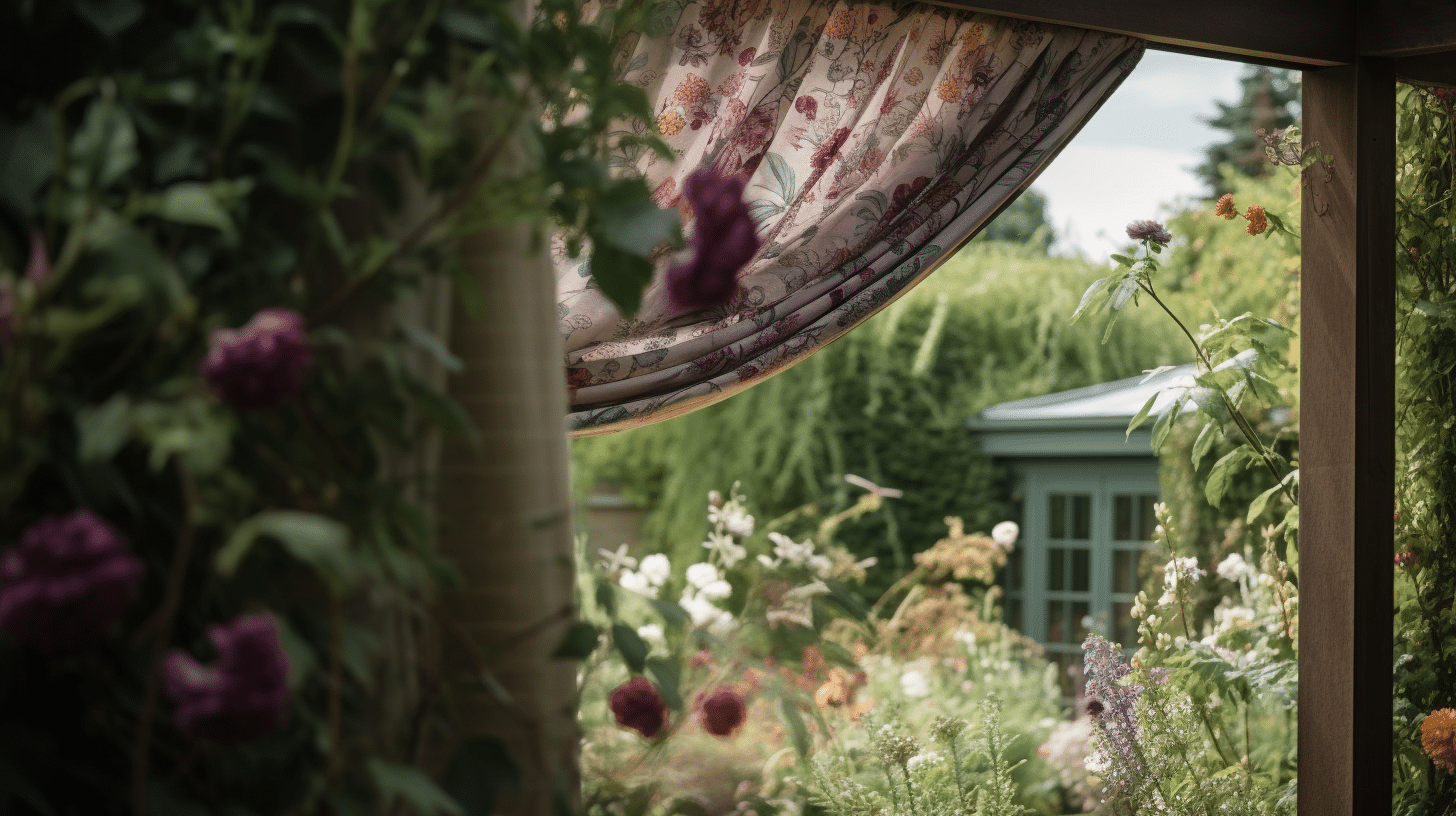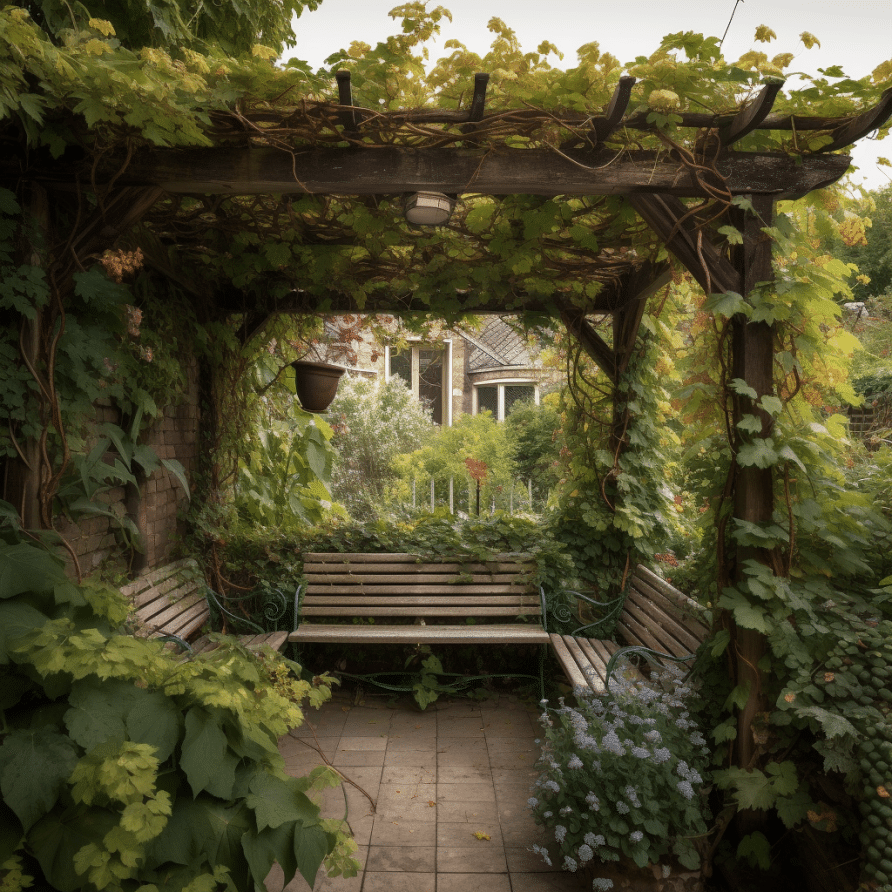
Understanding the Importance of Shade for Pergolas
A pergola can transform your outdoor space, but it’s not just about aesthetics. It also plays a pivotal role in providing shade, and that’s what I’ll delve into now.
Why is shade so crucial? First off, comfort. On sweltering summer days when the sun is beating down relentlessly, a shaded pergola becomes an oasis where you can relax without worrying about getting sunburned.
The importance of shade goes beyond comfort though; it has to do with protecting your investment too. Your patio furniture isn’t cheap and leaving it exposed to harsh sunlight day after day will cause its colors to fade over time – an issue you won’t have if you’ve got adequate pergola shading.
Here are some important reasons why having sufficient shade on your pergola matters:
- Comfort: With ample shading under a well-designed pergola, spending hours outdoors becomes more enjoyable.
- Protection for furniture: Prevent premature fading and wear on your outdoor furnishings by shielding them from UV rays.
- Heat regulation: A shaded area stays cooler than one directly under sunlight – perfect for hot summer days!
Shade structures like retractable canopies or climbing plants add beauty while serving functional purposes too. They provide privacy and create intimate spaces within the garden or yard which wouldn’t be possible with just an open-air structure.
So there we have it! There’s more to the art of designing great-performing pergolas than meets the eye – they’re not just decorative structures but practical ones as well that offer shelter from harmful solar radiation whilst enhancing comfort levels outdoors during warmer months!
I hope this gives you some insight into why I place such emphasis on ensuring every project I take up has sufficient provision for creating shady areas using different design strategies tailored specifically towards individual client needs.

Creative and Practical Ideas for Pergola Shades
Shading your pergola can transform it into a more comfortable, inviting space. I’ve put together some creative yet practical ideas to give you the inspiration you need.
Retractable Canopies: These are great if you want control over how much sun or shade your pergola receives. They’re easy to install and can be pulled back when not in use.
Climbing Plants: For a natural approach, consider growing climbing plants like ivy or grapevines around your pergola. They’ll create beautiful, organic shade while also adding greenery to your outdoor space.
Fabric Drapes: Adding fabric drapes creates an elegant look that’s perfect for outdoor entertaining. Choose weather-resistant fabrics in colors that complement the rest of your decor.
| Shade Idea | Pro | Con |
|---|---|---|
| Retractable canopy | Customizable coverage | Requires installation |
| Climbing plants | Natural beauty | Takes time to grow |
| Fabric drapes | Stylish design | May require maintenance |
Louvered Panels: A modern solution is louvered panels which allow you to adjust the angle of slats as per sunlight direction offering optimal shading all day long.
Using Outdoor Curtains, particularly waterproof ones provides privacy along with shade, doubling up their usefulness!
If budget isn’t a concern then incorporating a Glass Roofing System, especially one with tinted glass can provide adequate shading without compromising on style!
Lastly,Sail Shades, these triangular pieces of fabric anchored at each corner make striking visual statement besides providing excellent protection from sun rays!
Remember every idea has its pros and cons; choose what best suits YOUR NEEDS considering factors like aesthetics, budget and functionality!

Conclusion: Choosing Your Ideal Pergola Shade
I’ve covered a lot of ground in this discussion on pergola shade ideas. But what’s the bottom line? It boils down to your personal preferences, budget, and the specific needs of your outdoor space.
Remember that pergolas are not just about providing shade. They’re also an excellent way to enhance your garden or patio aesthetics. So when choosing a shade option, think about how it will blend with the overall design and theme of your space.
Let’s review some key considerations:
- Material: Will you go for natural vine shades or opt for fabric covers? Maybe louvered roofs catch your fancy?
- Budget: While vines may be cost-effective initially, they require regular maintenance which can add up over time. On the other hand, retractable shades might have higher upfront costs but could prove more durable and less demanding in upkeep.
- Climate: In areas with harsh weather conditions like intense sun or heavy rains; solid covers or high-grade fabrics might be better options than delicate vines.
Ultimately though it’s all about creating a comfortable outdoor area where you can relax and enjoy nature’s beauty at its best! And remember – there’s no right answer here as each choice has its own unique charm!
So take these factors into account while making a decision that best suits you. After all, I’m sure whatever option you choose will make for an inviting addition to any outdoor living space!
Troy Channer is a seasoned professional with over a decade of experience in the construction industry, specializing in residential projects and road infrastructure networks. His expertise spans a broad range of skills, including proficiency in Microsoft Excel, Word, and PowerPoint, which he adeptly uses to streamline operations and enhance productivity.
Troy’s commitment to excellent customer service is a cornerstone of his professional philosophy, always prioritizing client satisfaction and fostering strong relationships. His leadership skills are well-recognized, and he has a proven track record of managing teams to deliver high-quality results.
In addition to his construction experience, Troy is also the proud owner of a successful landscape company based in Oakville. This venture allows him to apply his extensive knowledge of civil engineering and project management to create beautiful and sustainable outdoor spaces for his clients.
Troy holds an Advanced Diploma in Civil Engineering Technology from Humber College, further solidifying his credentials as a highly skilled operations professional in the industry. His combined experience and education make him a versatile professional capable of tackling a wide range of projects.








